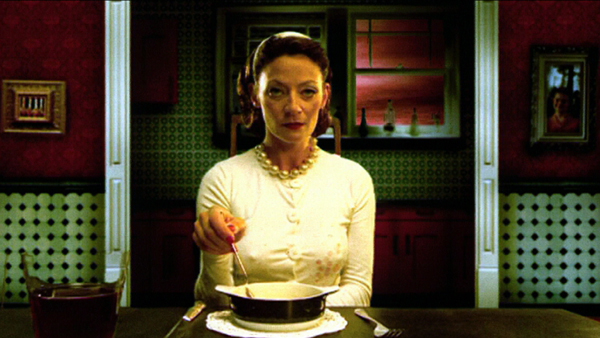Character
Characters we meet in a film are revealed to us via what they look like, how they behave in different situations, how they interact with others, how they speak and sound, or music associated with them. Filmmakers often tell us a lot about a character very quickly using visual clues: see for example the way the character of Jack Sparrow is introduced in Pirates of the Caribbean.
MIE activities can allow poor readers of printed texts opportunities to access high quality and demanding texts and to use higher order skills - such as character analysis.
First view activities
Some of these activities rely on it being the very first watch of the film.
- Pause the film when a character first appears and get pupils to discuss their expectations. Then see if the character changes throughout the film and if our opinions of them change.
- Pause and discuss characters feelings at emotional moments - how do we know what they are thinking and feeling ?
- Discuss how expression and movement let us know the characters feelings.
- Ask which characters the pupils empathise with and why.
Follow on activities
With these activities it doesn't matter if the group have already seen the film, infact it might be better if they have seen it twice.
- Write an invitation to one of the characters explaining why you would like them to visit your school.
- Write a page in a character's diary.
- Write a personal account of the events from a characters point of view in the first person.
- Use 'hot seating' to ask a character questions with one pupil taking on the role of the character, and the rest of the class thinking asking the questions.
- Draw outlines of main characters - get pupils to add writing to describe anything known about the character. Inside the outline could be words that describe the true character - outside the outline words to describe what other people think of them.
